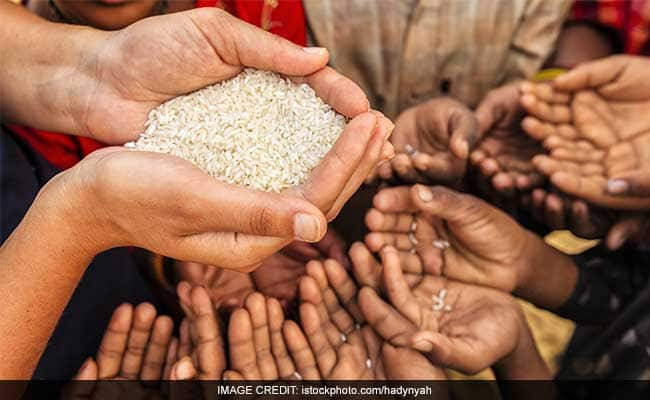
World Bank says more than 10 million people in Pakistan are at risk of falling into poverty
Islamabad:
The World Bank painted a grim economic outlook for Pakistan in its half-year report, warning that more than 10 million people in the cash-strapped country were at risk of falling into poverty.
The Washington-based bank’s concerns stem from lackluster economic growth of 1.8%, coupled with inflation soaring to a staggering 26% this fiscal year.
The World Bank’s biennial Pakistan Development Outlook report indicates that the country will fail to achieve almost all major macroeconomic goals.
The international bank said it expected the country to miss its key budget targets and run a deficit for the third consecutive year, in violation of International Monetary Fund rules on surpluses.
Sayed Murtaza Muzaffari, the report’s lead author, said that despite the nascent economic recovery, poverty alleviation efforts were still not enough.
The World Bank reported that economic growth is expected to stagnate at a paltry 1.8%, while the poverty rate will remain at around 40%, with approximately 98 million Pakistanis already trapped in poverty.
The report highlights the vulnerability of those hovering above the poverty line, with 10 million people at risk of falling into poverty.
The report said the poor and disadvantaged were likely to benefit from an unexpected increase in agricultural output, but these gains were offset by persistently high inflation and limited wage growth in other sectors that employ many poor people, such as construction, trade and agriculture. transportation.
In the first quarter of the current financial year, when inflation exceeded 30%, daily nominal wages increased by just 5%, the report said.
The World Bank warns that an ongoing cost-of-living crisis coupled with rising transportation costs could lead to an increase in children out of school and delays in medical treatment, especially for poor families.
At the same time, it added, food security remains a problem in parts of the country.
In 43 rural districts of Khyber Pakhtunkhwa, Sindh and Balochistan, many of which were affected by the 2022 floods, the incidence of severe food insecurity is expected to increase from 29% increased to 32%, the report said.
The World Bank said: “Despite the recovery, Pakistan’s economy continues to face pressures from low foreign exchange reserves and high inflation. Policy uncertainty remains high and economic activity is subdued, reflecting tight fiscal and monetary policies and import controls.”
The Washington-based bank said growth was expected to remain below potential due to rising social vulnerabilities and limited medium-term poverty reduction.
“Financial sector risks, policy uncertainty and stronger external headwinds pose significant risks to the outlook,” it added.
Pakistan’s current account deficit (in Canadian dollars) narrowed to US$800 million in the first half of the current fiscal year from US$3.6 billion in the first half of the previous fiscal year due to import controls, reduced domestic demand and lower global commodity prices. the report said.
Meanwhile, official remittances fell 6.8% year-on-year in the first half of the fiscal year due to exchange rate stiffness earlier this year.
“With rising domestic energy prices, inflation is expected to remain high at 26% in fiscal 2024, leaving little respite for poor and vulnerable households with depleted savings and lower real incomes,” the report said.
The World Bank said the fiscal deficit is expected to widen to 8% of GDP as interest payments increase, but will gradually decline as fiscal consolidation is implemented and interest payments decline over time.
The World Bank said Pakistan’s economy is expected to grow by just 1.8% in the current fiscal year ending in June 2024, compared with the official target of 3.5%.
The World Bank expects economic growth in the next fiscal year to be only 2.3%, even lower than the population growth rate of 2.6%.
(Except for the headline, this story has not been edited by NDTV staff and is published from a syndicated feed.)






